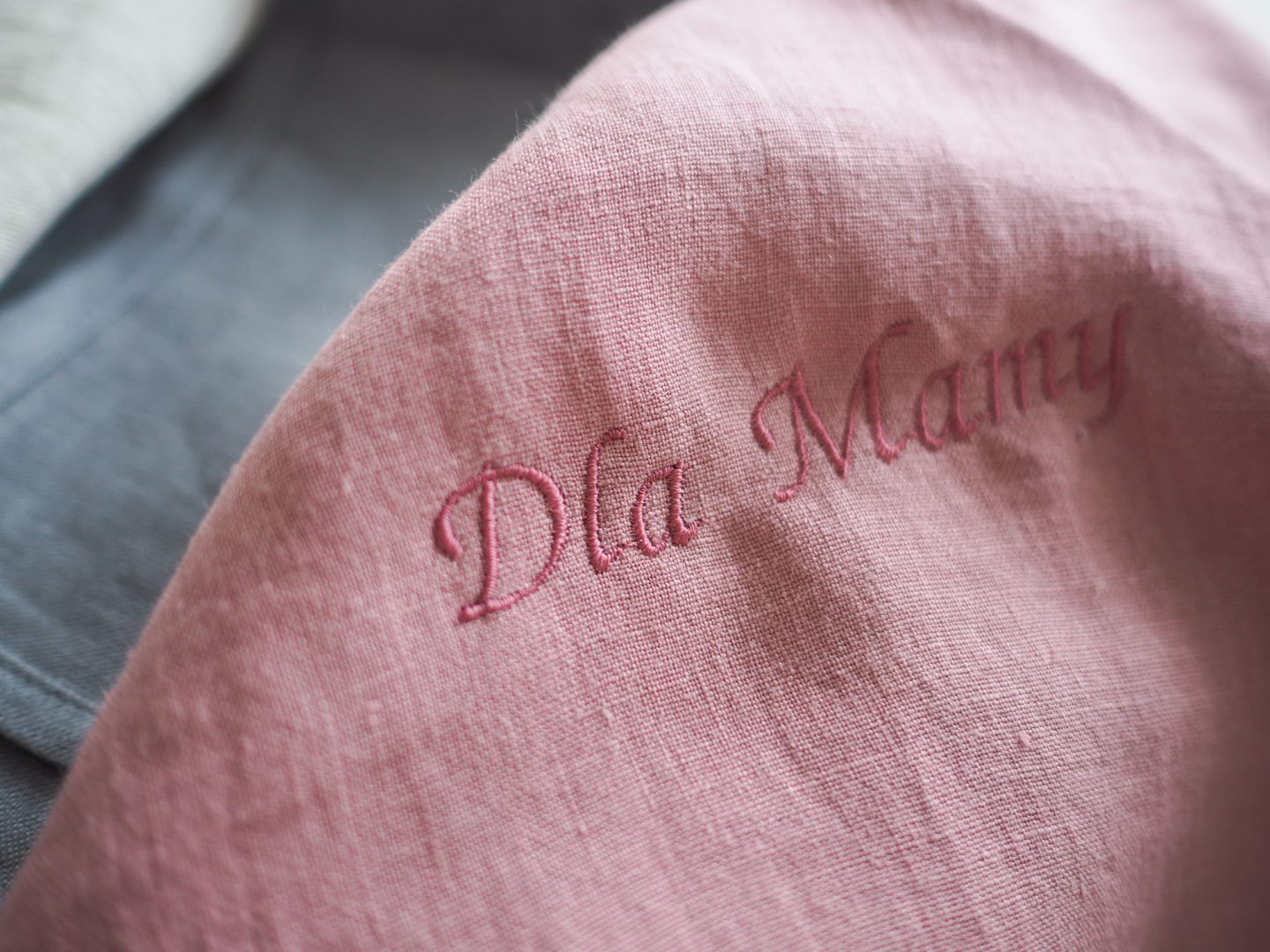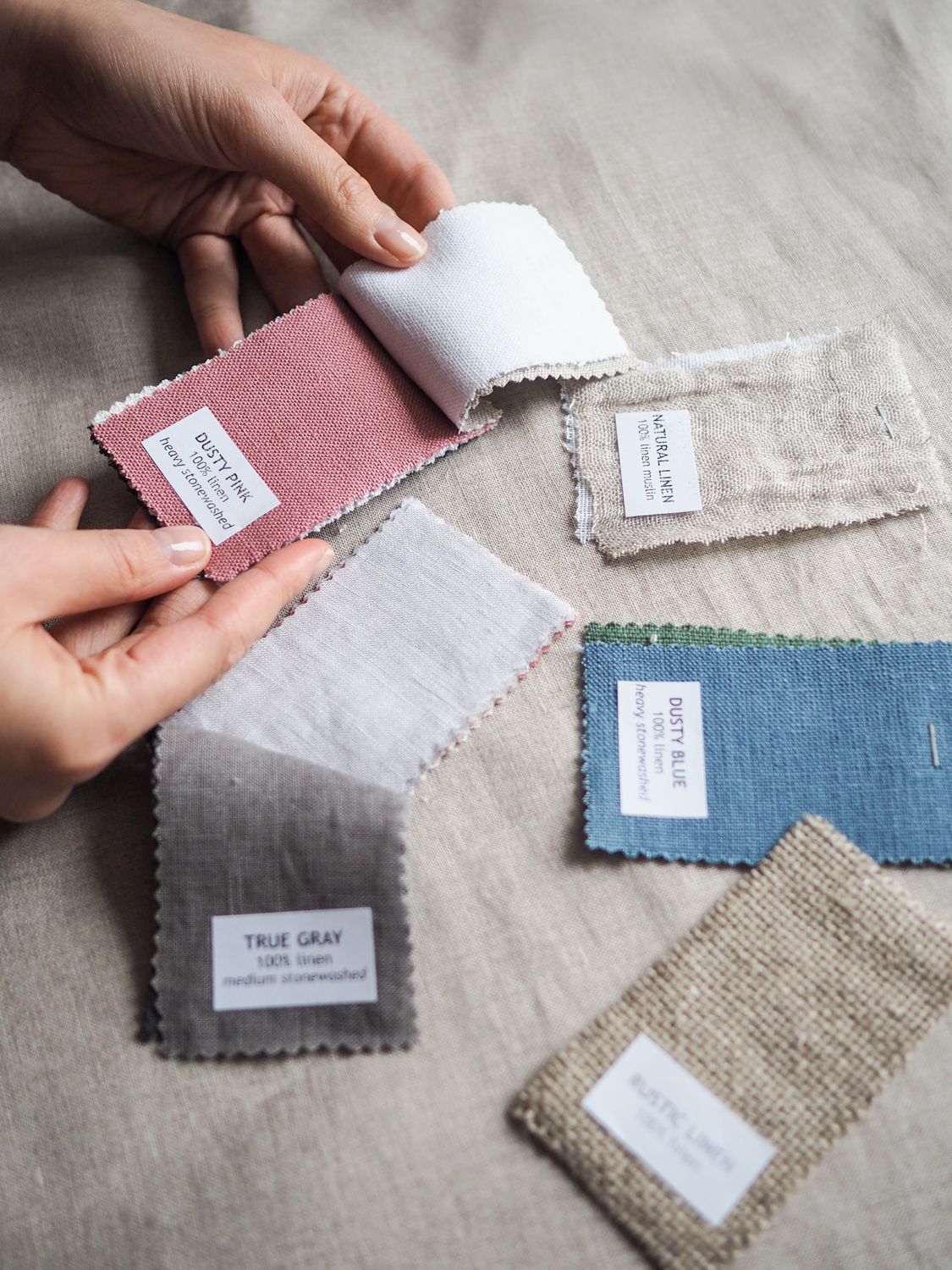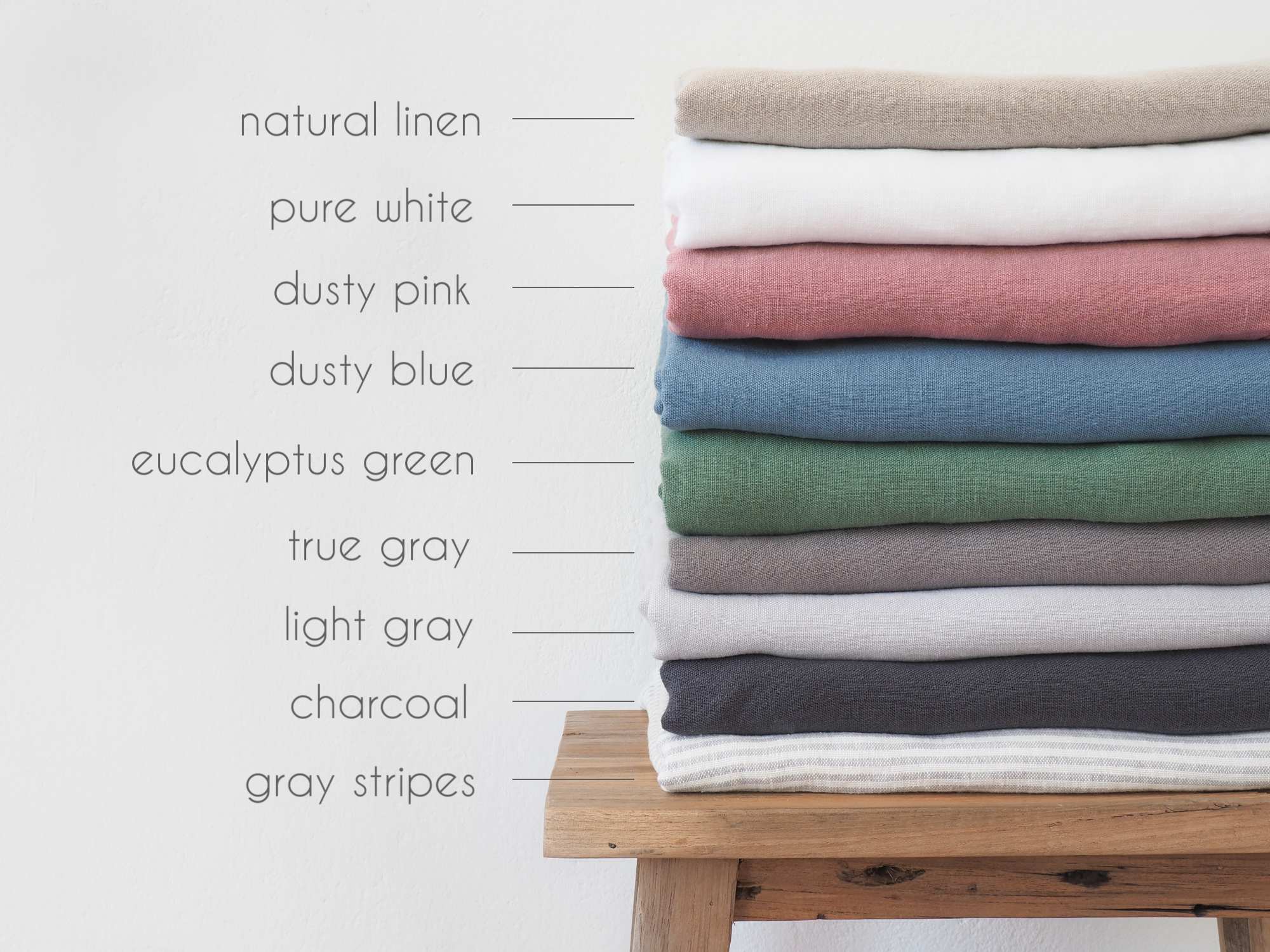Uncategorized
A brief history of the linen – discover the story behind this magical fabric
Relying on many historical resources we can easily draw a conclusion that the linen is one of the oldest fabrics in the world. Linen’s history reaches many thousand years, which can be considered an evidence of it’s reliability and durability. Although at first it was reserved only for a high society – priesthood and nobility – nowadays we can find it on our own tables and in our own bedrooms. How did it happen, that the linen made it from ancient chapels to our houses and nowadays cuddles our sleep, protects us from cold after long, hot bath and makes our family meals so pleasant?
IT’S ALL STARTED IN CAVES…
The oldest traces of the usage of linen are dated to more than 35 thousand years ago. This fact is confirmed by findings of yarns and leftovers of fabrics that resembled today’s linen in their form and texture, in a prehistoric cave placed in today’s Georgia. Not a long time later a similar discovery was made in Switzerland, which proved a long history of the textile and made archaeologists happy.
Until that moment the most popular opinion was that the linen’s history had it’s beginnings in the antiquity. Why is that? Even our schoolbooks tell us about the cult of beauty in the ancient Egypt. That was a time when famous Cleopatra bathed herself in milk, which moisturised her skin, and wore golden jewellery, which decorated her feet and palms. Of course luxury and riches were reserved only for the highest classes and linen was used as a very precious currency that allowed to trade with other ancient civilizations.
That was a time when chapels and priests’ houses were decorated with the most delicate linen sheets, which were hung on walls and ceilings.
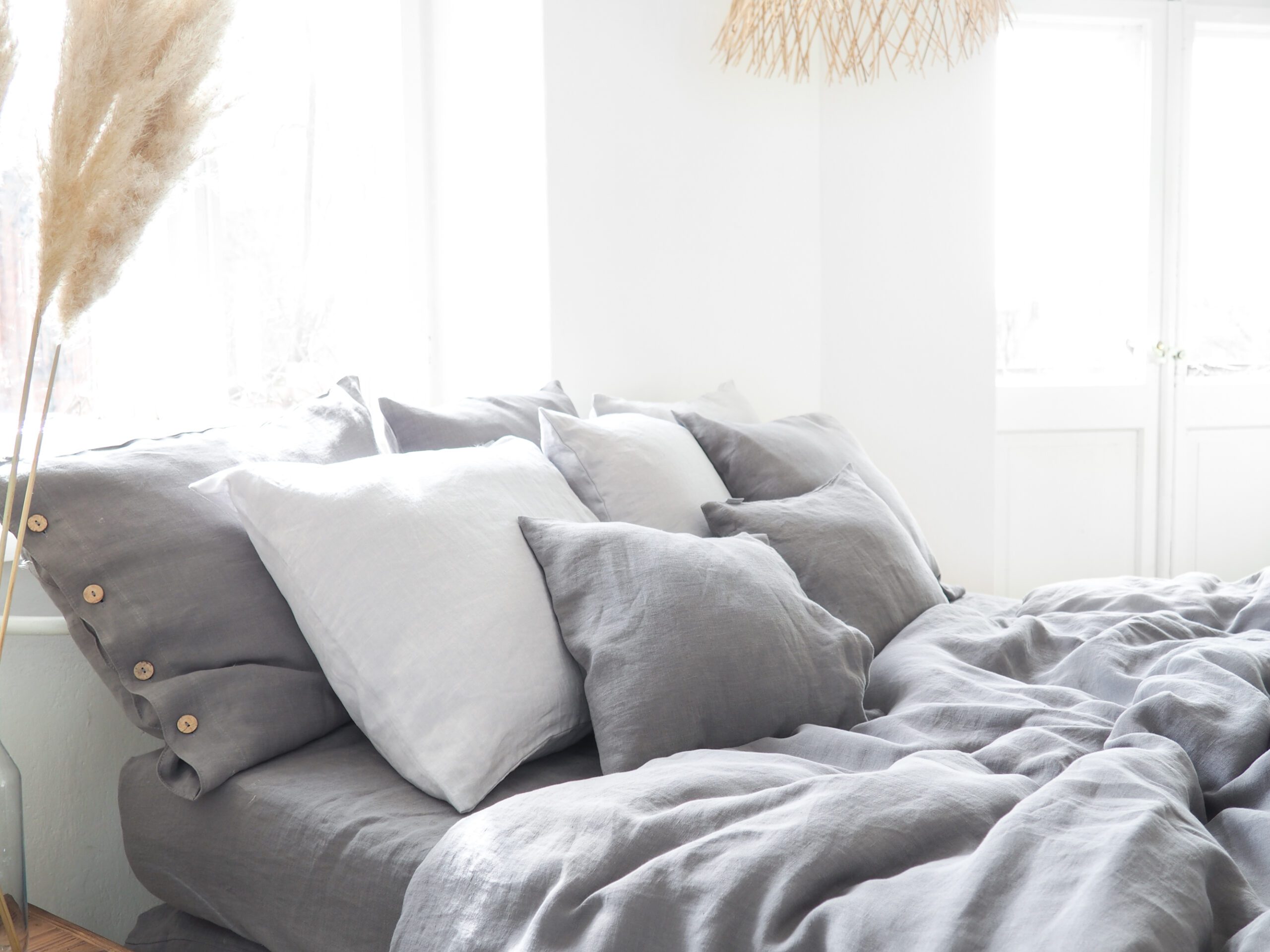
The first literary sources about the linen can be found in the Book of Exodus, which confirms the intensive trade of Egyptian linen. Though archaeologists and historians couldn’t discover how the linen was cultivated and spun for thousands of years, nowadays we at least know that in 19th century the most often used tool was a water spinning mule.
LINEN IN OUR NEIGHBOURHOOD
Phoenicians, who had built their own trade fleet, brought the linen from Ireland to their land around 10th century B.C. Not a long time later inhabitants of the ancient Rome set up first ‘factories’ in which linen products were manufactured to supply a growing demand for the product.
Linen had been usually seeded on may, than weeded for many times and in the end pulled out. All this work had been done to get possibly longest raw fibres to proceed with. It was tied in sheaves and then dried, to make it easier to separate seeds from stalks. After that the stalks were soaked in water taken from a nearby river and covered with big, heavy stones. Stalks smouldered and than they were spread on meadows where they shattered, so that our ancestors could separate fibres. A special tool was used to scutch the linen – a thick, split plank and a pin – with which the linen was broken and prepared to the next stage of work.
In this time, women who worked in first textile workshops were preparing a fabric for a production of tablecloths and wall decorations. Raw fabric had usually been stiff and grey. With some time it begun to be prepared in more delicate way, which made a bigger part of society appreciate it.
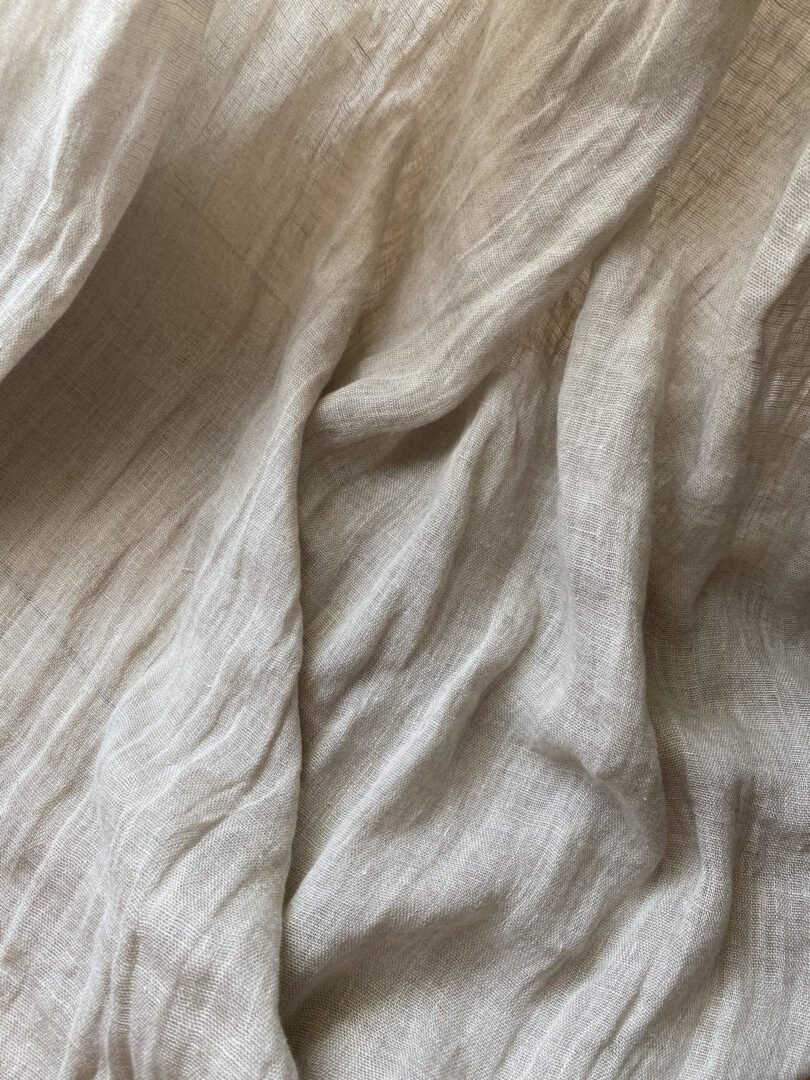
Today, due to modern techniques, consciousness of alternative way of production and different expectations, linen is characterized by it’s delicacy, durability to high temperatures and first of all ecological and safe process of harvesting.
The history of the linen, even it’s short version, allows us to understand how precious plant the linen is. It’s durability and the awareness of it’s natural harvesting has made it popular and appreciated for thousands years. Although it was reserved for the richest part of society, nowadays it’s available for everyone!



